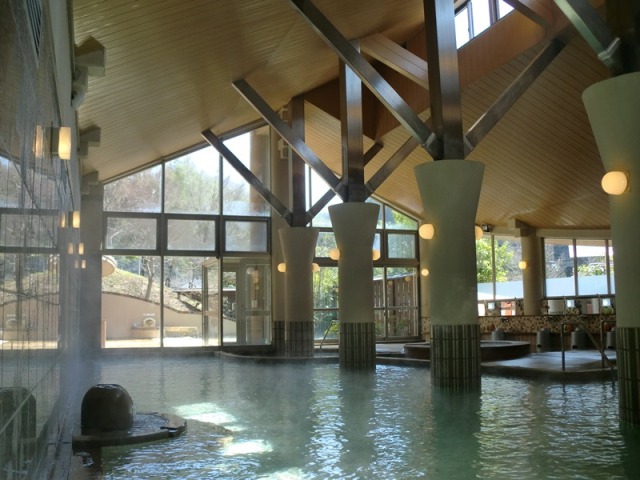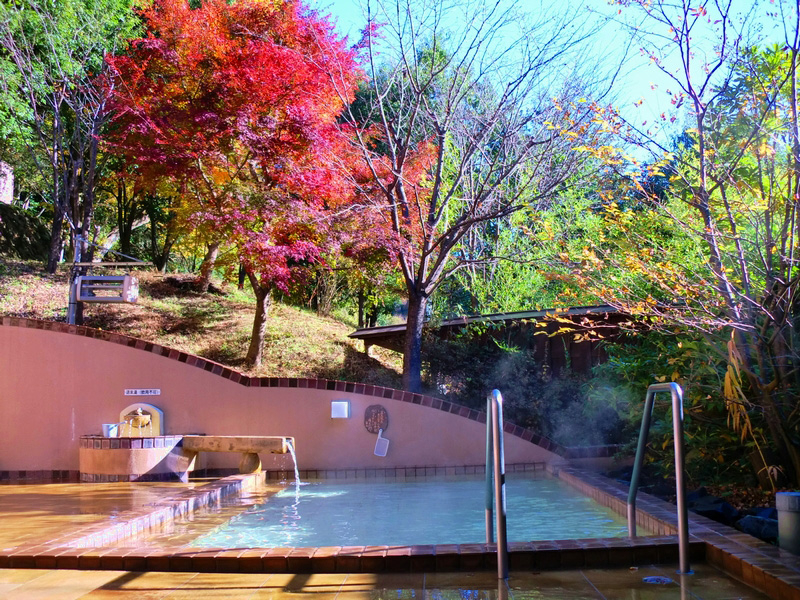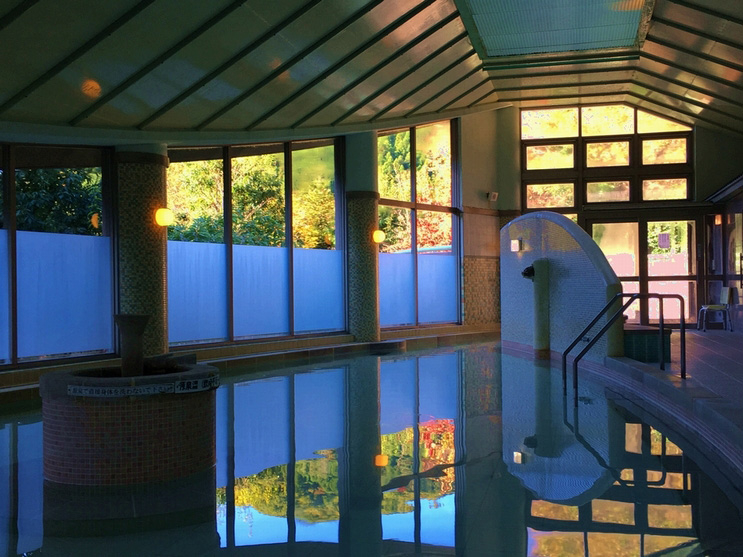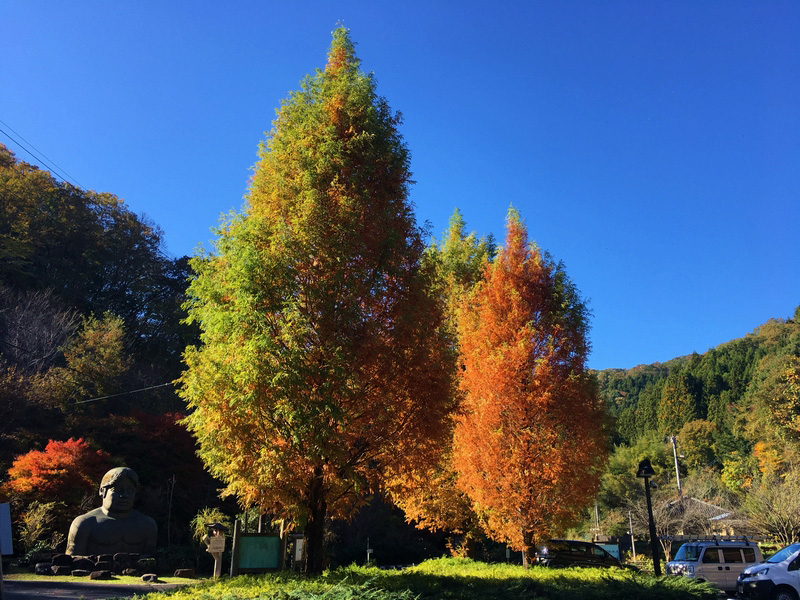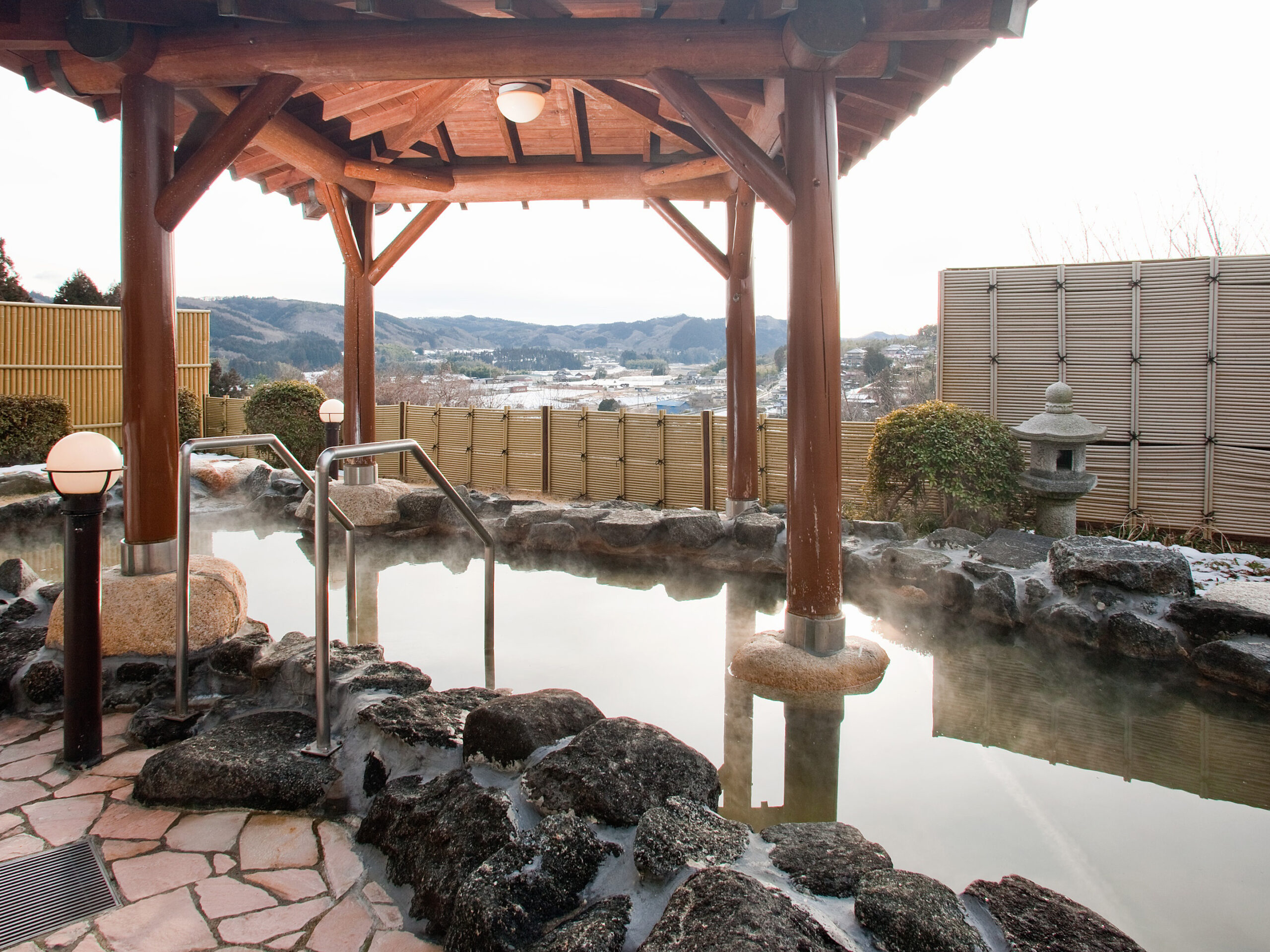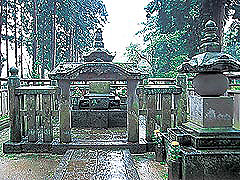
Funa
The specialty is the boat natto, which is in the shape of a ferry. The natto wrapped in the pine tree (Kyogi) has the scent of the tree and does not give a feeling of natame kusa. There are also a large number of items, such as "Wappa Tōto", which is tasted at Kanayama-ji Miso, and "Seijin Ichigon", which is made from Ou-origin blue soybeans. A specialty natto shop that uses only domestic soybeans.

